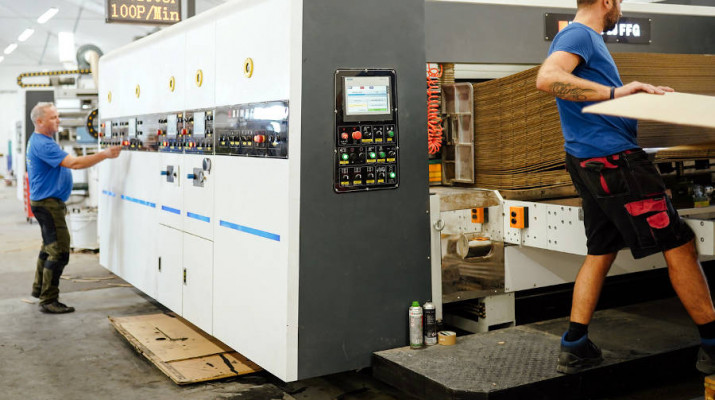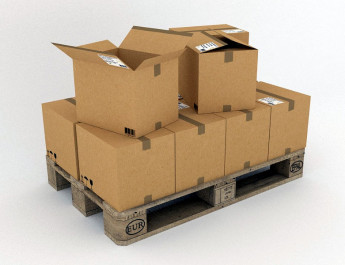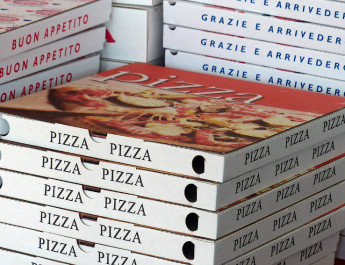The corrugated cardboard packaging industry has undergone significant transformations over the years, driven by technological advancements, environmental concerns, and changing consumer preferences. In this article, we will explore the development of this industry and how cardboard manufacturers have adapted to meet the evolving needs of businesses and consumers.
The Rise of Corrugated Cardboard
Corrugated cardboard, with its versatile and eco-friendly properties, has become the preferred choice for packaging solutions across various industries. Its journey from a simple, single-ply material to a complex, multi-layered marvel is a testament to the innovation and adaptability of cardboard manufacturers.
Early Beginnings
The history of corrugated cardboard packaging can be traced back to the early 19th century when it was initially used for hat lining and as a protective layer for fragile items during transportation. However, it wasn’t until the late 19th century that corrugated cardboard gained recognition as a packaging material.
Technological Advancements
The development of machinery for mass-producing corrugated cardboard in the early 20th century revolutionized the packaging industry. This innovation significantly reduced production costs and made corrugated cardboard more accessible to businesses of all sizes.
Cardboard manufacturers played a pivotal role in advancing this technology, continuously improving the quality and efficiency of production processes. Today, modern machinery can produce large quantities of corrugated cardboard at high speeds, meeting the demands of various industries.
Environmental Sustainability
As environmental concerns have gained prominence, the corrugated cardboard packaging industry has been challenged to find eco-friendly solutions. Cardboard manufacturers have responded by implementing sustainable practices and developing recyclable materials.
Recycling and Sustainability Initiatives
Corrugated cardboard is one of the most recyclable materials available, and cardboard manufacturers have taken steps to promote recycling. They work closely with recycling facilities to ensure that used cardboard is efficiently collected and processed.
Additionally, many cardboard manufacturers have adopted sustainable sourcing practices, using recycled fibers and renewable materials in the production of cardboard. This approach not only reduces the environmental impact but also appeals to environmentally conscious consumers.
Customization and Design
The versatility of corrugated cardboard allows for a wide range of design possibilities, making it an attractive option for product packaging. Cardboard manufacturers have embraced this aspect and have evolved to offer customization options to meet the unique branding and packaging needs of businesses.
Digital Printing Technology
Advancements in digital printing technology have empowered cardboard manufacturers to create intricate and vibrant designs on corrugated cardboard. This level of customization is particularly valuable in industries where product presentation is essential, such as the food and cosmetics sectors.
By offering custom printing solutions, cardboard manufacturers have become strategic partners in helping businesses make a memorable impression on consumers through visually appealing packaging.
E-commerce Revolution
The rapid growth of e-commerce has had a profound impact on the corrugated cardboard packaging industry. With more products being shipped directly to consumers’ doorsteps, the demand for sturdy and protective packaging materials has soared.
Cardboard manufacturers have adapted to this changing landscape by producing packaging solutions tailored to the needs of e-commerce businesses. These solutions include boxes designed for efficient storage and shipping, as well as eco-friendly packaging options that align with the values of online retailers and their customers.
Challenges and Future Prospects
While the corrugated cardboard packaging industry has seen remarkable growth and innovation, it also faces certain challenges.
Global Supply Chain Issues
In recent years, global supply chain disruptions have impacted the availability of raw materials and led to increased production costs for cardboard manufacturers. These challenges have prompted manufacturers to explore alternative sourcing options and invest in supply chain resilience.
Competition and Price Pressures
The corrugated cardboard market is highly competitive, with numerous cardboard manufacturers vying for business. This competition can exert downward pressure on prices, making it essential for manufacturers to find ways to differentiate their products and add value through services such as customization and sustainability initiatives.
The evolution of the corrugated cardboard packaging industry reflects its ability to adapt to changing times and market demands. Cardboard manufacturers have played a vital role in driving innovation, sustainability, and customization within the industry. As businesses continue to seek packaging solutions that are both practical and eco-friendly, the future looks promising for the corrugated cardboard packaging industry and the manufacturers who drive its progress.
In a world where sustainable packaging, customization, and efficient e-commerce solutions are paramount, corrugated cardboard and the manufacturers behind it remain a cornerstone of modern packaging solutions.




